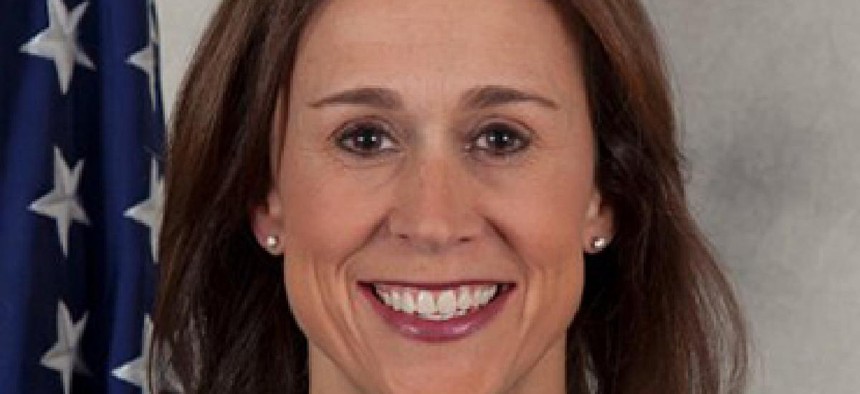The nuts and bolts of GSA's new mobile purchasing agreement

Mary Davie details service and equipment options, promises tools to assist agencies in choosing.

GSA's Mary Davie explains the details of the new wireless services purchasing agreement.
The General Services Administration on May 22 spelled out some of the nitty-gritty details of its new wireless services purchasing agreement with the four big U.S. wireless carriers.
According to Mary Davie, Assistant Commissioner for the Office of Assisted Acquisition Services (AAS) in GSA's Federal Acquisition Service (FAS), the three basic services packages available from AT&T, Sprint Nextel, T-Mobile and Verizon are split into voice-only, data add-on, and data-only. All three packages are metered, with pooled minutes for voice and data-only. Voice-only users can choose from 100, 400 and 900 minute plans, while data add-on and data-only users can select from 50 MB, 500 MB and 5 GB buckets.
In a May 22 post on GSA's "Great Government Through Technology" blog, Davie further explained the basics of how the Federal Strategic Sourcing Initiative (FSSI) Wireless Blanket Purchase Agreements (BPAs) work. Under the BPA, Davie wrote, carriers will include wireless devices at no cost along with service plans, and users can choose among devices in each plan. Devices are refreshed every 20 months at no cost.
Device makes and models, she said, were chosen by each wireless carrier to offer in their service plans, but carriers don't have to modify the BPA to add devices. That capability allows them to offer new devices more quickly and easily, although, Davie said the latest models may not be available right away.
Additionally, users can buy service plans for government-furnished equipment (GFE) and user-owned devices, she said.
The FSSI Wireless BPA provides pooling in conjunction with rate optimization, said Davie, providing agencies with a powerful tool to pool voice minutes and data megabytes to reduce overages and costs.
GSA plans to post tools on its web site to help users select plans to fit their needs. Among those tools is an economic model to help estimate costs and planned savings, as well as a user's guide aimed at helping users order and transition templates to help users move from their current plans to new ones.
NEXT STORY: Obama names picks to head Census, NOAA


